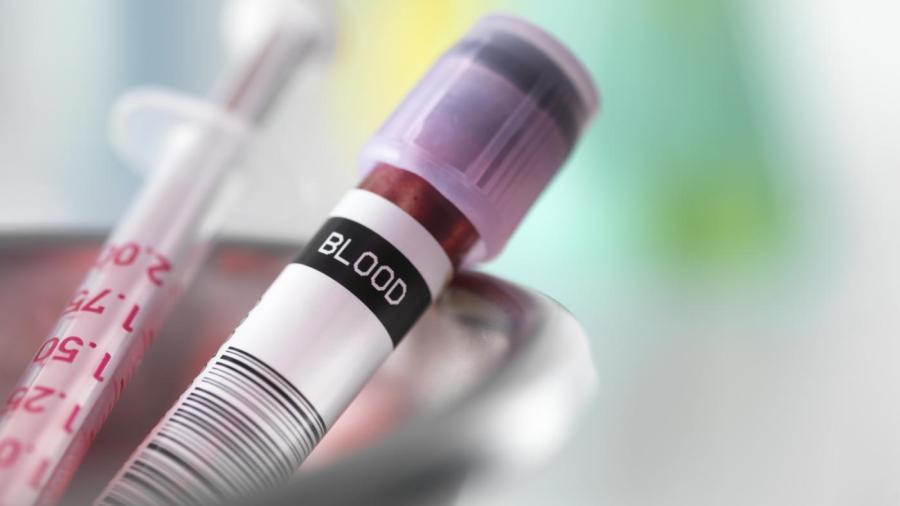What Is a CBC W Diff PLT Test?

A CBC with diff PLT test is a complete blood count with differential test. Usually, this test is ordered by a physician to provide information about the amount of various blood cells in the body. One of the cells that is tested is the platelet, which is abbreviated in the test as PLT.
A standard CBC with diff test is done by drawing a small volume of blood and evaluating it for the amount of white blood cells, hematocrit, hemoglobin, red blood cells and platelets, as well as specifying the distribution of white blood cells into neutrophils, basophils, eosinophils, monocytes and leukocytes.
The results of a CBC with diff can indicate a variety of things occurring in the body. For example, elevated white blood cell counts can indicate that the body is fighting off an infection, and low red blood cell counts could indicate anemia or blood loss.
Between 100,000 and 450,000 platelets are seen in a healthy person’s CBC with diff. If the platelet value comes back much lower than this, it could mean that the person being tested is at a higher risk of bleeding since there are fewer platelets to form a clot. Conversely, if the platelet value is much higher than the average, it could indicate that the person is at increased risk for developing a dangerous blood clot.





